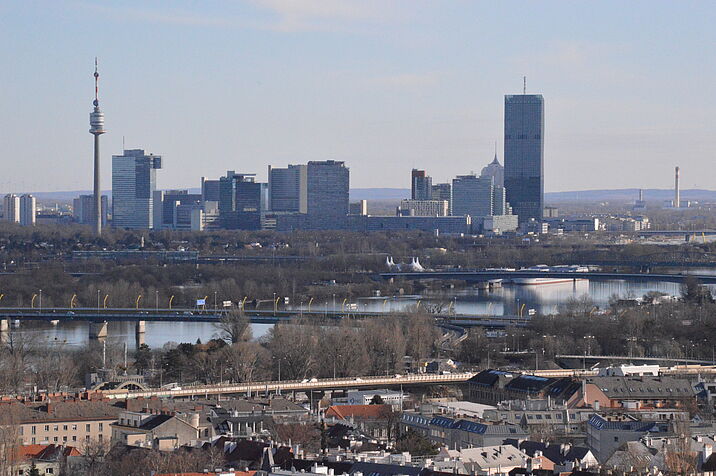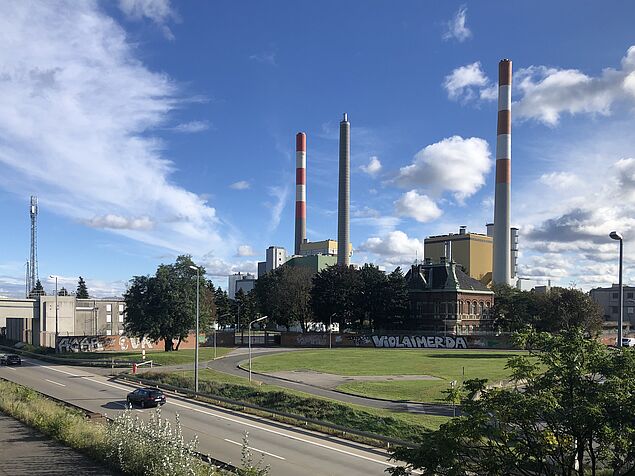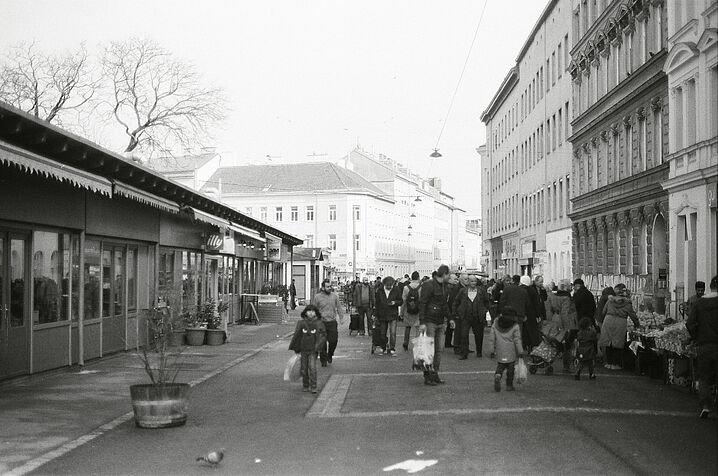Labour
In the mid-1970s, the end of the postwar economic boom set forward the longstanding restructuring process of Vienna’s urban economy, which shaped the future of its labor market in the coming decades. In response to hampered economic growth and increasing unemployment, the city’s major economic strategies aimed at the diversification of its urban economy and full employment by expansive activation- and business investment programs. Despite, its structural problems, e.g. a lack of specialization, continued to shape the city’s industrial and occupational relations. Furthermore, a lack of investment and innovation in the domestic-oriented manufacturing, technological, and public-sector-dominated industries remained one of the major obstacles that impeded economic modernization and internationalization for decades. These particular features of Vienna’s urban economy and labor market have shaped the city’s economic policies, which sought for specialization at a structural level, on the one hand, and flexibilization and liberalization at an institutional level, on the other hand.
The deindustrialization process of Vienna’s urban economy has engendered a series of changes to the city’s institutional framework for economic development and labor market activation in conjunction with changing fiscal and social policies at the federal level, and, more recently, European economic policies at the supranational level. At the same time, the territorial reorganization of social policies has shifted responsibilities of labor market policies between the federal- and city government, which generated a parallel trend toward punitive federal social policies and innovation in the city’s own activation regime. Since the Conservative coalition government between 2000 and 2006, the ambivalent labor market policies that combine restrictive social insurance schemes and an expansion of activation policies became a standard mode of the federal labor market intervention. While this trend has been accelerated by the economic crisis in the late 2000s, the city’s capacity to formulate and implement objectives and strategies through its own activation regime has engendered new solutions to the structural problems of its urban economy and the recent retrenchment of social policies.




